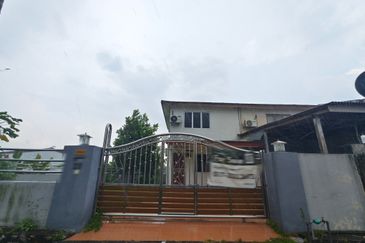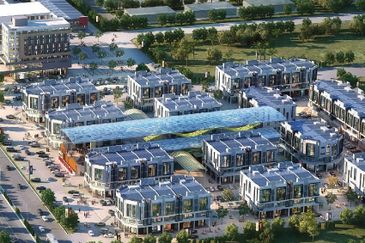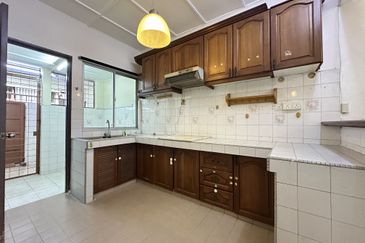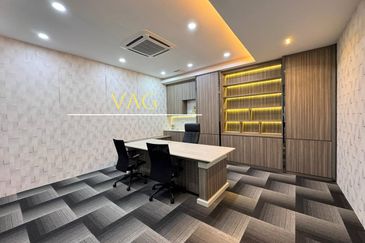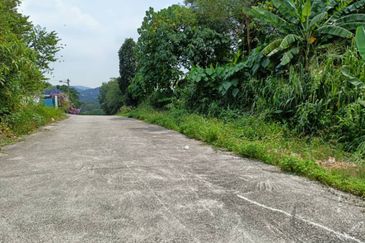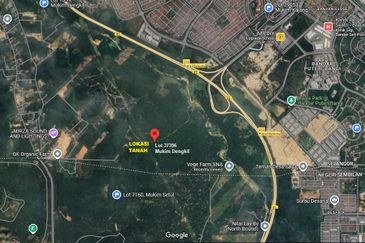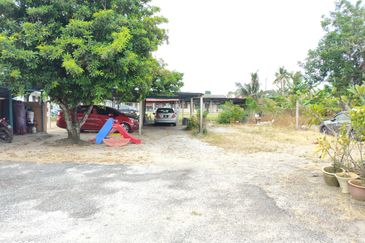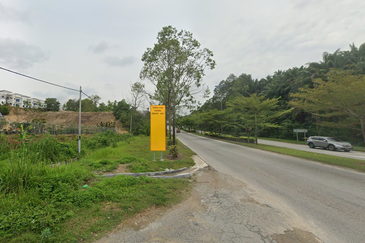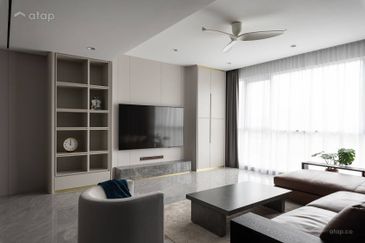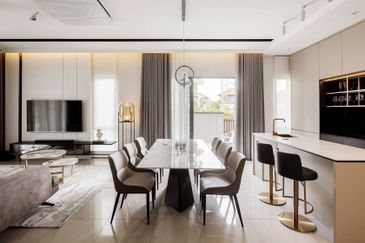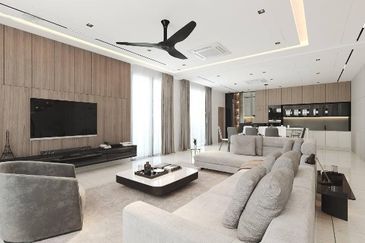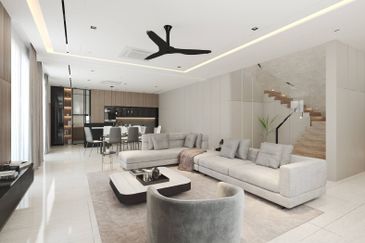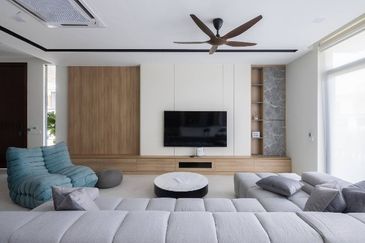
- Not all malls in Malaysia are dying. But I can say for sure malls are not having a ball.
- To stay relevant, shopping complexes need to be repurposed — including those seemingly doing well.
- Owners bent on tweaking past strategies gently to “test” the new market should best acknowledge that time is not on their side.
After seven years, long-standing independent bookshop and publisher Silverfish Books has shuttered permanently at the neighbourhood Bangsar Village II shopping centre, Kuala Lumpur. It now operates out of its new but modest home in the nearby residential area in Lorong Maarof.
Set up more than two decades ago, in 1999 to be exact, Silverfish had earned a reputation as a champion of Malaysian authors and local literature. Besides successfully inspiring the birth of various other independent publishers, Silverfish managed to survive the arrival of mega bookstores and growing online reading trend over the years.
Then Covid-19 struck. The relocation exercise to cut costs was inevitable.
The fate of Silverfish Books is not uncommon — as with the increasing retail space vacancies in shopping centres.
The oversupply of shopping mall space had been worrying way before Covid-19 hit.
And just how much shopping mall space are we living with? As at March this year, Malaysia had a total of 1,060 shopping complexes with 17.25 million sq m of space, according to the latest statistics from the National Property Information Centre (Napic).
Selangor is the biggest contributor (3.74 million sq m; 153 malls), followed by Kuala Lumpur (3.29 million sq m; 111 malls), Johor (2.44 million sq m; 157 malls) and Penang (1.82 million sq m; 108 malls). Perak is next (1.085 million sq m; 79 malls) and then Sarawak (1.084 million sq m; 79 malls). Labuan offers the least space with 28,614 sq m housed in two malls.
All these existing spaces will soon be joined by a supply totalling 1.69 million sq m. The additions will emerge in Selangor, (513,937 sq m; eight malls) followed by Kuala Lumpur (453,926 sq m; nine malls), Penang (223,052 sq m; four malls), Melaka (128,465 sq m; four malls) and Terengganu (126,520 sq m; three malls).
On top of these, almost 300,000 sq m of space in nine malls is being planned. Heading the list are two malls in Kuala Lumpur (126,731 sq m) and two in Penang (96,421 sq m). The remaining are in Pahang (two) and one each in Sabah, Perlis and Kedah. Whether these will eventually be built and when remain to be seen.
To better understand the state of Malaysia’s malls, Napic’s definition of shopping complexes encompasses three retail types — shopping centres, arcades and hypermarkets.
Shopping centres are identified as those with a net lettable area (NLA) of at least 20,000 sq ft or 1,858 sq m, with at least one anchor tenant. Arcades are retail centres that are no higher than four storeys and sit on a parcel measuring more than an acre. Hypermarkets that make it into Napic’s shopping complexes classification are those that offer a minimum NLA of 8,000 sq m in Selangor and 5,000 sq m in other states.
How are the shopping complexes faring? Napic says that at the end of March this year, they posted an overall occupancy of 76.2% — this means on average, almost a quarter of every mall is vacant.
Labuan has the highest occupancy rate of 97.3%, with the lowest, 60.9%, reported in Melaka.
In Kuala Lumpur, 81% of the shopping complex space was occupied and in Selangor, 80.7%. Johor reported an occupancy rate of 72.3% and Penang 71.2%.
It is premature to say if these occupancy rates will stabilise at this level as not all leases would have expired in March. With the challenging business and economic environment, consolidation or downsizing are obvious options for retailers to stay afloat. Silverfish is a case in point.
Grim reality
Like it or not, a grim fate has befallen conventional go-to shopping complexes around the world.
In the US, the clock for traditional brick-and-mortar shopping in fact started ticking away when Amazon burst onto the scene and this was way before Covid-19 emerged. Recall the 1960s and 1970s, when shopping malls sprouted in the US suburbs, with household names such as JCPenney, Montgomery Ward and Sears dominating and illuminating the exciting retail landscape. So robust was the market that, according to a Forbes report, by 1975, there were 30,000 malls accounting for more than half of the retail dollars spent in the US.
The number of US malls reportedly grew more than twice as fast as the population between 1970 and 2015. The opening of the 5.6 million sq ft Mall of America in 1992 was said to have possibly marked the apex of shopping malls in the US, with 20 supermalls of more than two million sq ft. Big was so exciting and fashionable then!
With the benefit of hindsight, it was right after Mall of America opened that Amazon was founded and the internet exploded.
All over the world, economic challenges and changing shopping habits have also accelerated the demise of malls, slowly but surely.
A typical case of kicking the can down the road, one might say. Is the lingering impact of the coronavirus akin to the nail in the coffin? Is this the last nail for malls?
Repurpose, reinvent, refresh
Not all malls in Malaysia are dying. But I can say for sure malls are not having a ball. In a landscape of shrinking purchasing power amid a growing sea of choices and changing lifestyles, operating a shopping complex successfully demands far more than mere tried-and-tested tricks in the books. What used to work is, unfortunately, history.
Relevance is the lifeline for retail centres, both big and small. There are no exceptions; not even those that currently seem to be doing well.
The days of taking the patronage of customers for granted are long gone. Buried. While the location mantra continues to augur well for shopping centres, it is no longer a foolproof insurance policy against weak footfalls. To stay relevant, shopping complexes need to be repurposed — including those seemingly doing well.
Owners bent on tweaking past strategies gently to “test” the new market should best acknowledge that time is not on their side. For instance, the reconfiguration of space to make it more affordable for tenants is a good idea but, frankly, just how far will that fill malls? Dropping rental rates to draw tenants from other malls is a reckless strategy that is destined to fail.
In Malaysia, success stories are quickly cut-and-pasted by hawk-eyed competitors. Have you noticed how eateries are now crowding out malls? Also, how free-to-play playgrounds have sprouted in air-conditioned shopping centres?
The right tenant mix has always been a magic bullet for malls but the heated competition for tenants has sent some owners leaning towards thematic offerings like attractions for children and special interests such as electronics and art. Malls have also jumped on the bandwagon to tap flavours of the day such as K-dramas and the lifestyle they promote. Given the abundance of shopping space in our midst, there is an urgent need to think out of the box besides offering the now-very-common experiential outing that was once unique.
In other parts of the world, mall owners have started mulling repurposing the use of space for other objectives such as educational, office, residential and warehousing. Would these alternatives work in Malaysia? Especially when there is an overhang in new office and residential spaces?
Interestingly, recent new housing launches have received mixed market reception. Undeniably, some launches are getting very enthusiastic responses.
This is no surprise. As with all things property, the location factor, property type and pricing are key considerations for buyers. In short, there will always be takers for the right product located at the right address and that come priced correctly.
Onerous but necessary?
Clearly, repurposing of malls is a major exercise that is onerous for not only owners, but also the government. Besides the financial risk — we are looking at downtime plus huge capital injection — existing building and safety guidelines and regulations need to be reviewed.
On the flip side, we face the risk of the emergence of ghost shopping complexes in the days to come. The negative impact of this is not confined to the sick malls; it also puts a dent on the value of properties in its proximity.
In short, the time will come when running away from making difficult decisions is no longer an option. For both mall owners and the regulators.
Back to Silverfish Books ... according to its Facebook page, it is offering a launch promotion at its new home at 63, Lorong Maarof, Bangsar. Besides giving away free books, it is also offering huge discounts till Aug 15. You would walk away with a real deal there!
Au Foong Yee ([email protected]) is editor emeritus of The Edge
TOP PICKS BY EDGEPROP
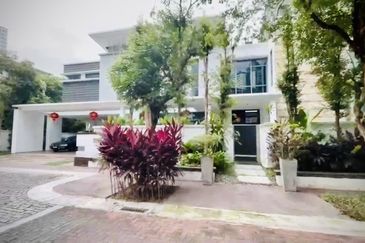
The Residence, Mont Kiara
Mont Kiara, Kuala Lumpur
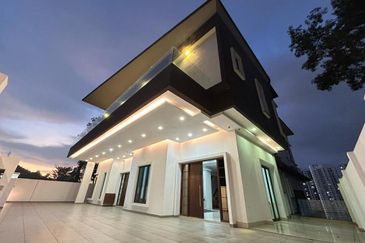
Country Heights Damansara
Country Heights Damansara, Kuala Lumpur
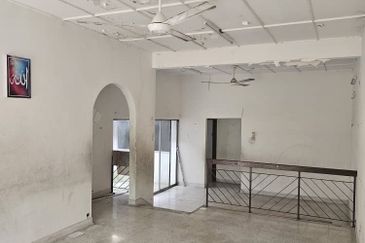
Taman Tun Dr Ismail (TTDI)
Taman Tun Dr Ismail, Kuala Lumpur
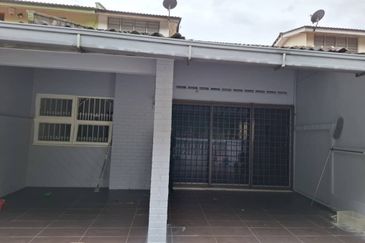
Taman Tun Dr Ismail (TTDI)
Taman Tun Dr Ismail, Kuala Lumpur


